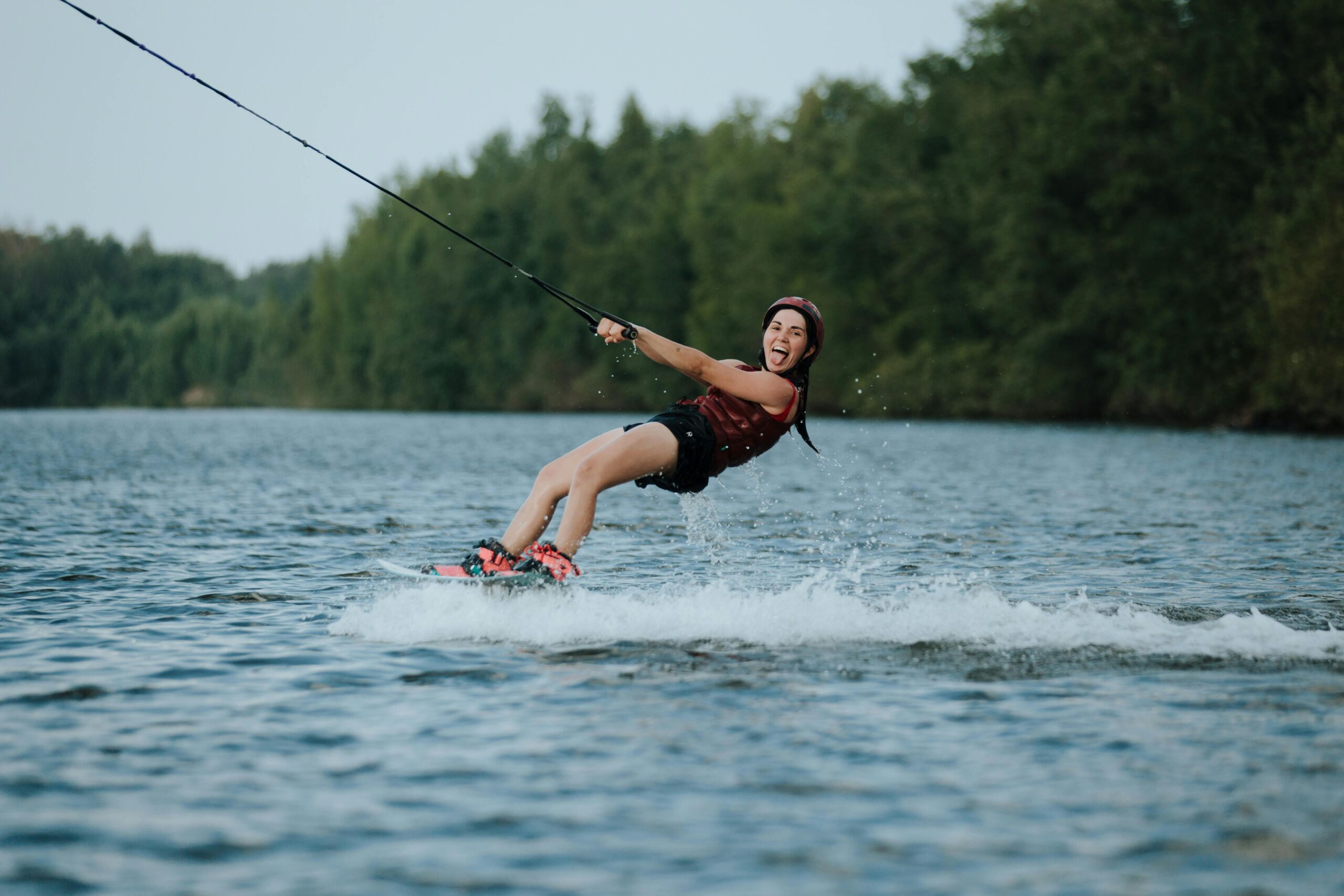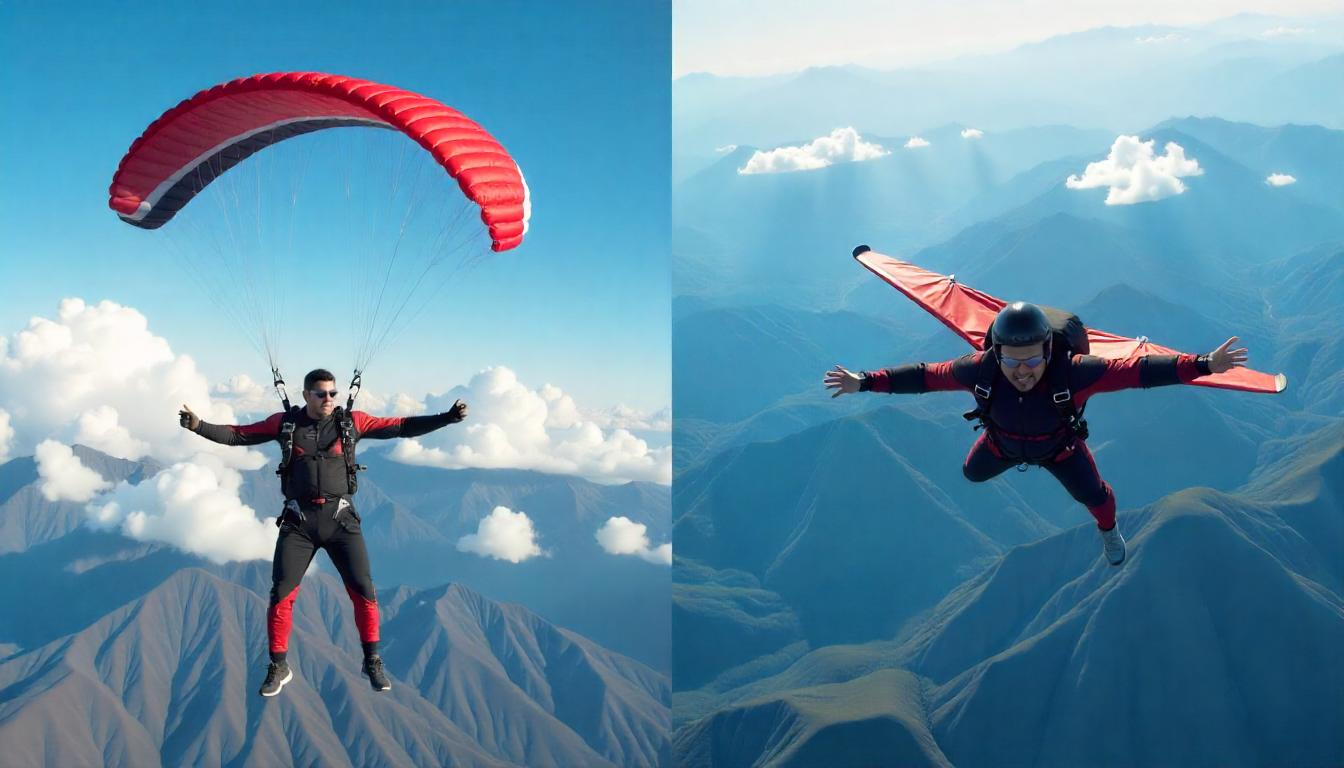For many years, extreme sports have been thought of as activities mainly for men. This belief shaped the way people viewed these sports and the athletes involved. However, in the last several years, there has been a noticeable shift. Women have begun to break through the barriers that once held them back in these exciting sports. In disciplines like snowboarding, surfing, rock climbing, and motocross, female athletes are not only participating but are also excelling and achieving remarkable feats. They are proving that they can compete at the highest levels, often surpassing expectations. Their achievements not only demonstrate their individual talents and determination but also encourage a new wave of young girls and women to take part in these thrilling activities. This growing presence of women in extreme sports is changing perceptions and inspiring more people to get involved, regardless of their gender.
Historical Context
Throughout history, women’s involvement in extreme sports faced considerable skepticism and resistance from society. Traditional gender roles and cultural stereotypes created an environment that often limited the opportunities available to women, discouraging them from engaging in physically demanding activities. Many believed these sports were unsuitable for women, which created significant barriers. In spite of this, a few trailblazing women emerged, challenging prevailing attitudes and demonstrating that they could thrive in these sports.
Early Pioneers: Among these early pioneers were athletes such as Lynsey Dyer and Lisa Andersen. Lynsey Dyer, known for her skills in both snowboarding and skiing, showcased tremendous talent and determination in a field that often sidelined female athletes. Similarly, Lisa Andersen became a legendary figure in surfing, her success helping to break down prejudices against women in what was seen as a male-dominated sport. Both of these women not only excelled in their respective disciplines but also inspired countless other women to pursue extreme sports, proving that gender should not dictate ability or ambition.
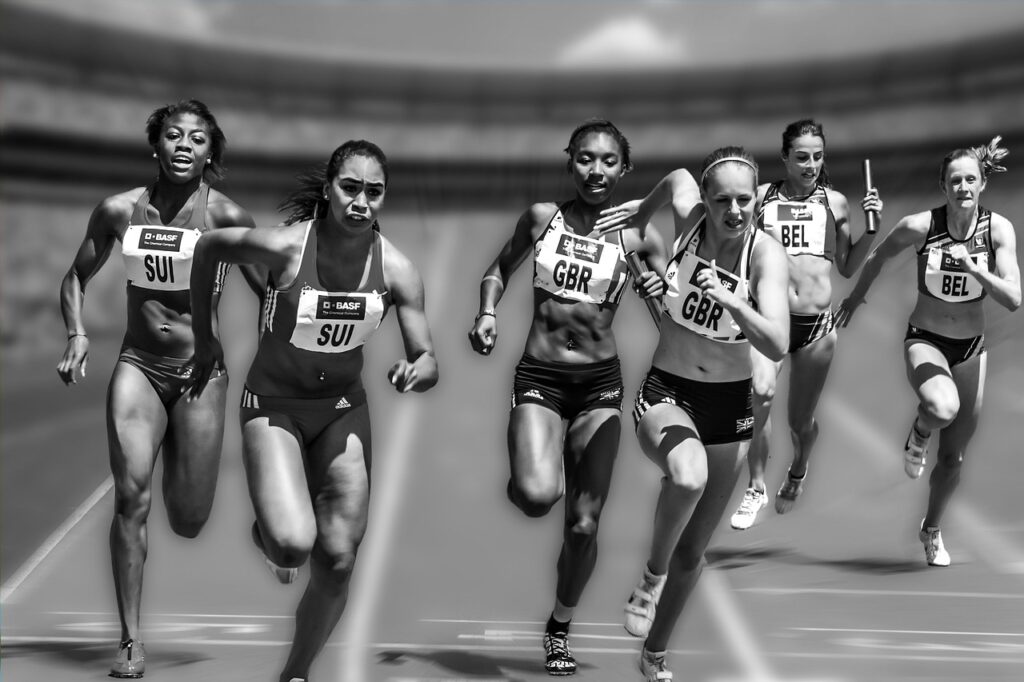
The 90s and 2000s: The landscape began to change significantly during the 1990s and 2000s, marking a pivotal moment for women’s sports. This period saw a notable increase in female participation in extreme sports, as events specifically featuring women’s competitions were introduced at recognized platforms such as the X Games and the Olympics. These events provided essential exposure and validation for female athletes, allowing them to display their talents and skills on a global stage. The inclusion of women in these high-profile competitions not only highlighted their capabilities but also helped shift public perception, leading to greater acceptance and encouragement for women in extreme sports. As a result, a new generation of female athletes emerged, motivated by the achievements of those who came before them and ready to carve out their own paths in the world of extreme sports.
The Modern Era
In the present day, women are emerging as key figures in the extreme sports world. They are not only winning competitions but also setting impressive world records and motivating millions of people across the planet. The participation of women in extreme sports has significantly increased, driven by several factors that enhance their involvement and success in these thrilling activities.
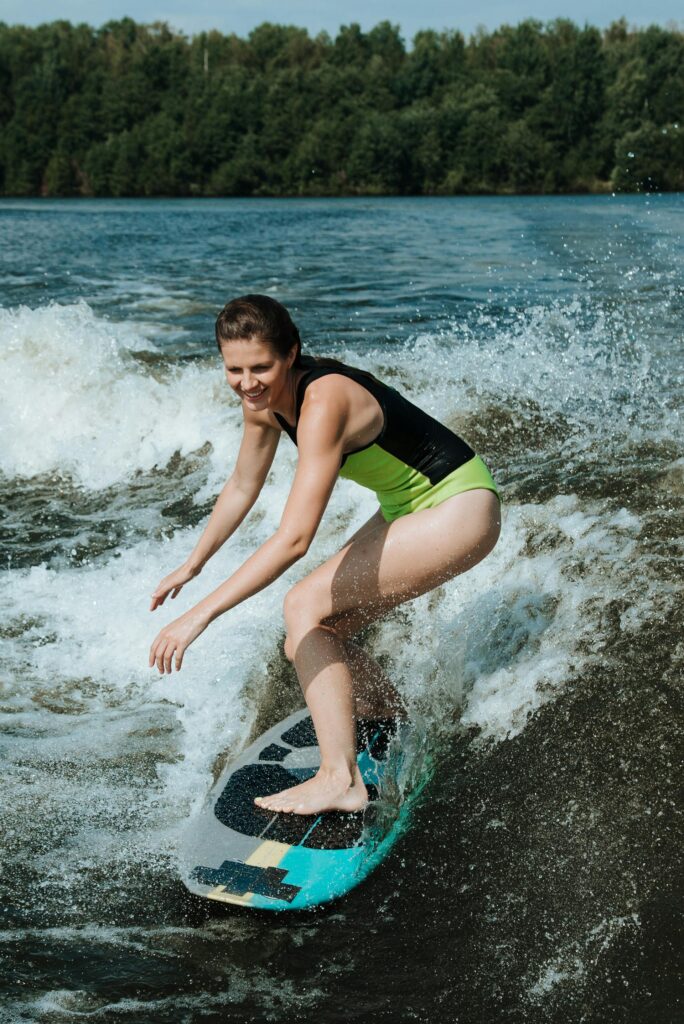
Increased Participation: One major reason for this rise is the improved accessibility to extreme sports. More opportunities are available for women to participate, whether through local clubs, training programs, or funded events. Supportive communities also play a critical role, offering encouragement and camaraderie among female athletes. This supportive environment fosters a sense of belonging and empowerment, making it easier for women to engage fully in extreme sports.
Breaking Stereotypes: Additionally, a growing number of female role models in extreme sports serves as an inspiration. These accomplished athletes are proving that women can excel in highly competitive and physically challenging sports, challenging the traditional stereotypes that have long surrounded these activities. By showcasing their skills, determination, and strength, these women are redefining what it means to be an athlete in such demanding fields.
Media Coverage: Furthermore, media coverage of female athletes has improved significantly. News outlets, social media platforms, and sports networks are increasingly highlighting their achievements and contributions. This greater visibility allows female athletes to receive the recognition they rightfully deserve and helps to inspire future generations of girls to pursue their dreams in extreme sports. The combination of increased participation, the breaking of stereotypes, and enhanced media representation is leading to a new era where women are making significant impacts in extreme sports, and their influence continues to grow.
Key Factors that Making the Rise of Women in Extreme Sports
Social Media: Social media platforms have become vital in the empowerment of women participating in extreme sports. These platforms offer female athletes a unique space where they can connect directly with their fans and supporters. By sharing their personal experiences, challenges, and achievements, female athletes not only inspire one another but also encourage young girls to pursue their interests in extreme sports. The visibility created through social media helps to build a community that celebrates women’s involvement in these high-energy activities, allowing them to showcase their skills and stories to a wider audience.
Mentorship and Sponsorship: Mentorship and sponsorship play significant roles in unlocking the full potential of female athletes in extreme sports. Mentorship programs provide guidance and support from experienced athletes, helping newcomers navigate the challenges they may encounter. Many organizations are now recognizing the importance of sponsoring female athletes, offering them financial support and resources that were previously hard to find. This increased support allows women to focus more on their training and competitions, thereby enhancing their chances of success and visibility in their respective sports.

Improved Equipment and Safety Gear: Advancements in equipment and safety gear have also significantly influenced women’s participation in extreme sports. With new technologies and designs entering the market, women now have access to gear that is specifically tailored to their needs. This means improved fit, comfort, and safety, which are critical factors when engaging in high-risk activities. As equipment becomes more accessible and easier to use, more women are encouraged to participate and push their limits in extreme sports.
Changing Cultural Attitudes: Societal attitudes toward women’s participation in sports have undergone a noticeable change in recent years. People are increasingly recognizing the importance of allowing women to pursue their passions, regardless of traditional stereotypes. This cultural shift has made it more acceptable for women to engage in extreme sports, as well as to express their competitive nature and athletic abilities. This evolving mindset supports not only participation but also the celebration of female athletes as role models for future generations.
Challenges and Opportunities
Gender Bias: Even though women have made important strides in the world of extreme sports, they still face several significant challenges that can hinder their progress and participation. One of the primary issues is gender bias. This bias often shows itself in various ways, such as less media coverage of women’s sports events compared to men’s. This imbalance can affect the visibility of female athletes and their achievements. Additionally, women may find it harder to secure sponsorship deals, as companies might favor male athletes, believing they attract more attention. Consequently, this lack of support can limit their opportunities to compete at higher levels.
Physical Demands: Another challenge is the physical demands that come with extreme sports. Many of these activities require high levels of strength, endurance, and skill. While women are capable athletes, they sometimes face unique challenges that can affect their performance. For example, they may need to work harder to build muscle or enhance their endurance in a way that men might not have to. There are also concerns about injury prevention and recovery, as women may experience different injury patterns that require specific attention and care.
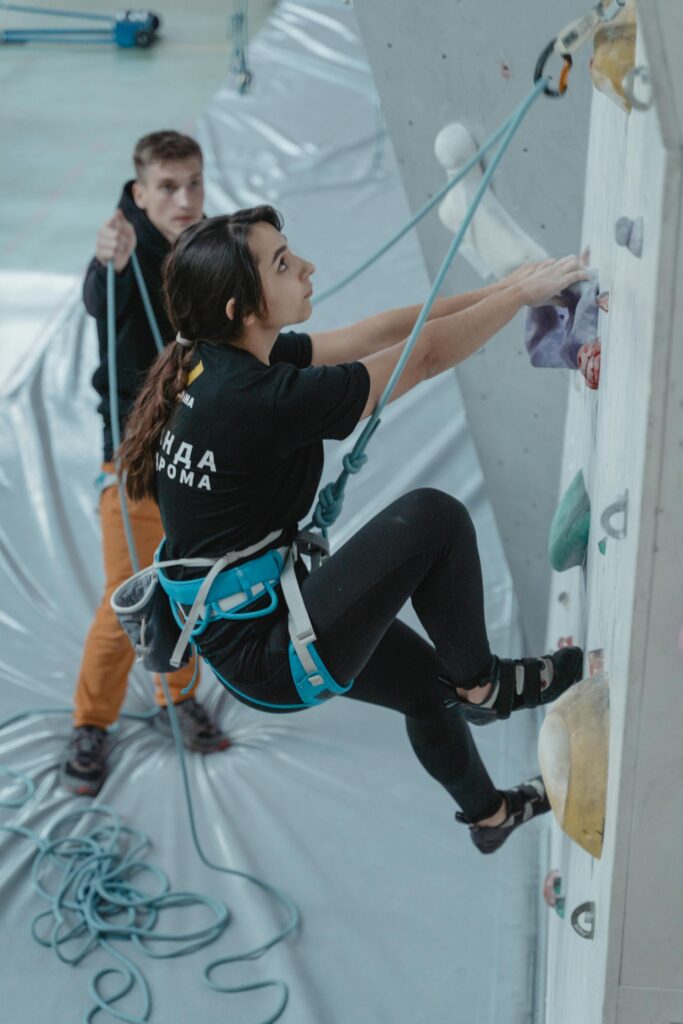
Limited Access to Resources: Furthermore, limited access to resources continues to be a barrier for women in extreme sports. Training facilities are often not as available to women, which can restrict their ability to practice and improve their skills. Additionally, finding qualified coaching can be a struggle. Many female athletes find it difficult to locate coaches who understand their specific needs and can provide the guidance necessary to help them excel. This lack of access can make it challenging for women to reach their full potential in extreme sports, as they may not have the same support systems that their male counterparts enjoy.
Conclusion
In recent years, the presence of women in extreme sports has significantly increased, reflecting their unwavering determination, impressive skills, and remarkable courage. This growth is not just a trend; it highlights how women are continuously breaking down barriers that have long existed in various sports. As these female athletes challenge traditional expectations, they are paving the way for a future in extreme sports that is not only brighter but also more inclusive. By acknowledging and celebrating the accomplishments of these women, we create an environment that encourages and supports their participation. This sense of community is essential, as it inspires young girls and women who dream of excelling in sports. When future generations see female athletes achieving great things, they are likely to feel motivated to follow their dreams and strive for new heights in their athletic pursuits. Ultimately, fostering a culture that values and uplifts women in extreme sports will lead to even greater advancements and successes in the years to come.
